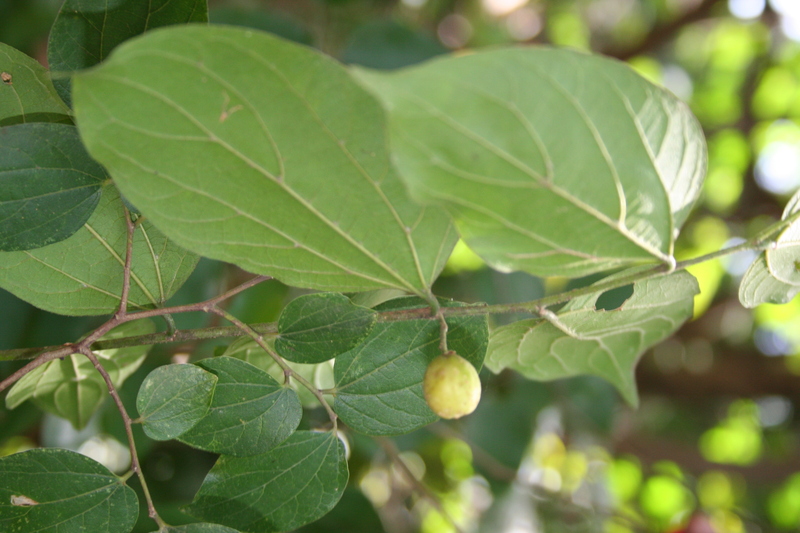|
Cannabaceae |
|
|
See citations Plants trees, shrubs, annual or perennial herbs;, sometimes twining; monoecious or with bisexual flowers. Leaves opposite or alternate or opposite below and decussate distally, stipulate, petiolate; blades simple or palmately lobed or compound; margins entire or toothed. Inflorescences axilllary or terminal, , sometimes unisexual, sometimes male and female flowers present in the same inflorescence, bracteate, of solitary flowers, or flowers in clusters. Flowers small, radially symmetric, usually unisexual. Sepals (2-)5(-9), free or united at the base, imbricate or valvate; stamens as many as the sepals and opposite them; anthers with 2 thecae, longitudinally dehiscent; ovaries superior, 1-2-celled; ovules 1, pendulous; styles simple or with 2 branches. Fruits achenes, nuts, samaras, or drupes; seeds with straight or curved embryos, usually without or with little endosperm. Cannabaceae, as interpreted here, includes 10 genera and about 120 species. Some genera, such as Celtis, used to be included in the Ulmaceae and some of its members have been included in the Moraceae. The above description is drawn from the sources cited below. Most members of the Cannabaceae have more or less intrapetiolar stipules, prominent prophyllar buds, and 2-ranked leaves with wholly or partly serrate margins and ascending lateral veins that do not proceed directly into the teeth. Only one genus of Cannabaceae, Celtis, is known from Somaliland, An additional genus, Trema, is known from Somalia Sources Fici, S. 1999. Ulmaceae in M. Thulin (Ed.) Flora of Somalia 2: 88-91. Trustees of the Royal Botanic Gardens, Kew, Richmond, Surrye, U.K. Small, E. Cannabaceae in Flora of North America online. http://www.efloras.org/florataxon.aspx?flora_id=1&taxon_id=10154. Accessed 20 November 2021. Stevens, P. Angiosperm phylogeny web site. http://www.mobot.org/MOBOT/research/APweb/. Accessed 20 November 2021. |
|

